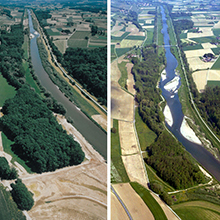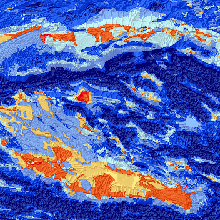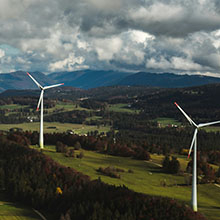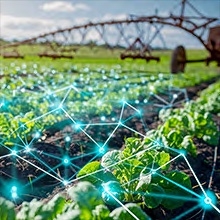Department Water Resources and Drinking Water
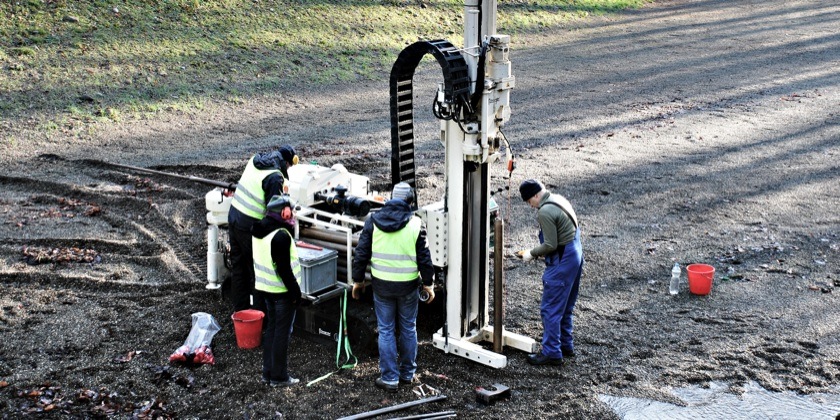
Water Resources & Drinking Water
Our research concentrates on physical and chemical processes in groundwater, surface water and drinking water. We conduct basic and applied research on water resources, water contaminants, and water treatment to contribute to sustainable water management from local to nationwide scales.
Publications
Nghiem, A. A., Prommer, H., Mozumder, M. R. H., Siade, A., Jamieson, J., Ahmed, K. M., … Bostick, B. C. (2023). Sulfate reduction accelerates groundwater arsenic contamination even in aquifers with abundant iron oxides. Nature Water, 1(2), 151-165. doi:10.1038/s44221-022-00022-z, Institutional Repository
Lightfoot, A., Brennwald, M. S., Stopelli, E., AdvectAs project members, & Kipfer, R. (2023). The role of (noble)gases in an As contaminated aquifer. In A. van der Wal, A. Ahmad, B. Petrusevski, J. Weijma, D. Savic, P. van der Wens, … R. Naidu (Eds.), Arsenic in the environment. Proceedings. Proceedings of the 8th international congress and exhibition on arsenic in the environment (As2021) (pp. 23-24). Boca Raton FL: Taylor & Francis. , Institutional Repository
Wu, R., Podgorski, J., Berg, M., & Polya, D. A. (2023). Pseudo contour maps from logistic regression modelling: case study of groundwater arsenic distribution in Gujarat state, India. In A. van der Wal, A. Ahmad, B. Petrusevski, J. Weijma, D. Savic, P. van der Wens, … R. Naidu (Eds.), Arsenic in the environment. Proceedings. Proceedings of the 8th international congress and exhibition on arsenic in the environment (As2021) (pp. 95-96). doi:10.1201/9781003317395-40, Institutional Repository
Stopelli, E., Duyen, V. T., Mai, T. T., Trang, P. T. K., Viet, P. H., Lightfoot, A., … Berg, M. (2023). Interplay of As (im)mobilisation processes in groundwater: learning from hydrochemical investigations. In A. van der Wal, A. Ahmad, B. Petrusevski, J. Weijma, D. Savic, P. van der Wens, … R. Naidu (Eds.), Arsenic in the environment. Proceedings. Proceedings of the 8th international congress and exhibition on arsenic in the environment (As2021) (pp. 21-22). doi:10.1201/9781003317395-9, Institutional Repository
News
More news


